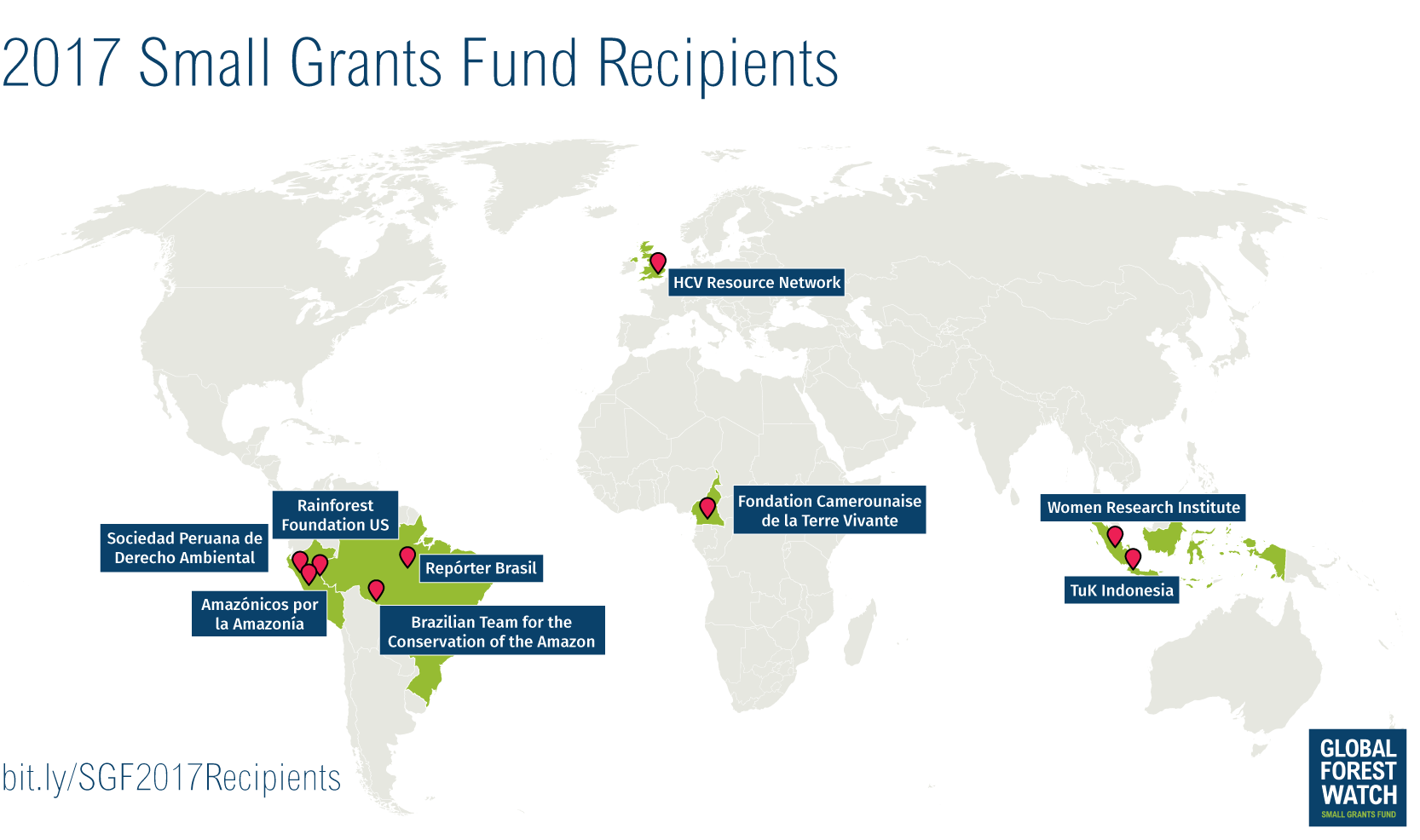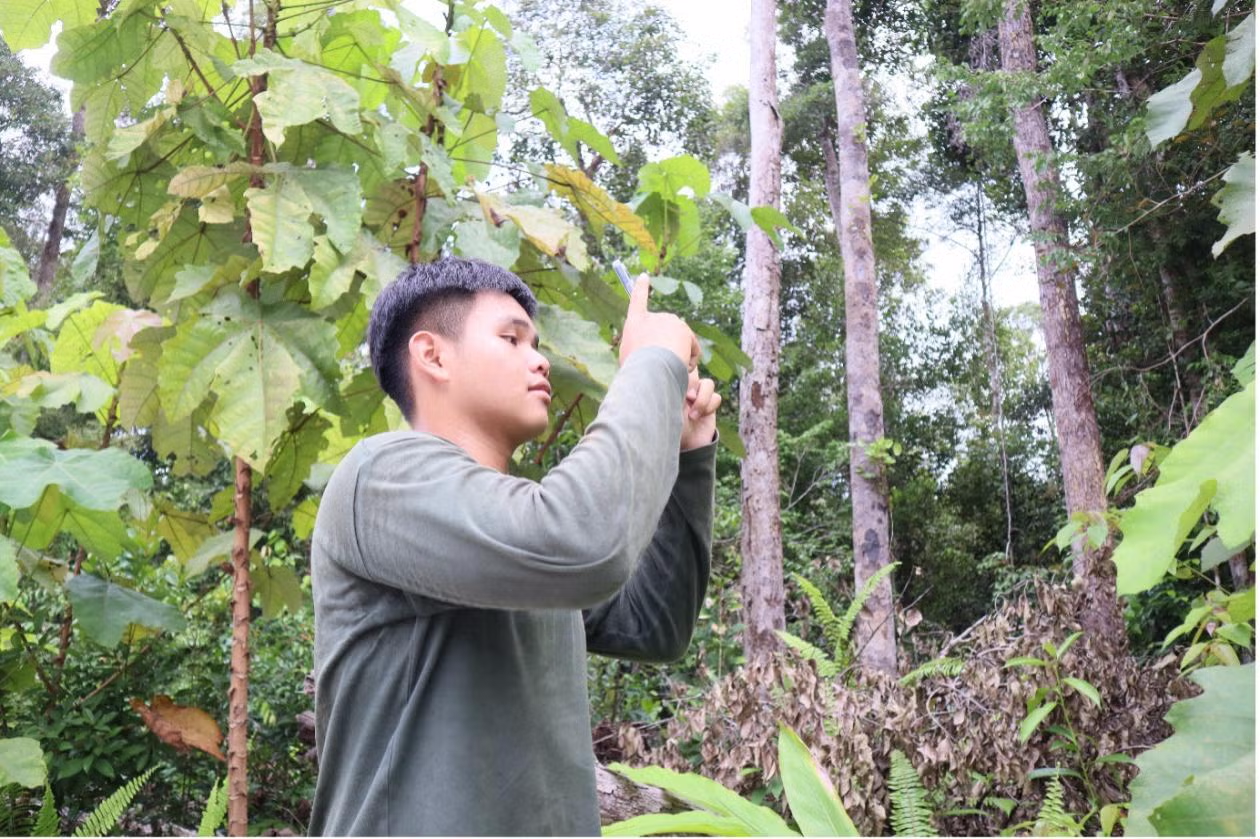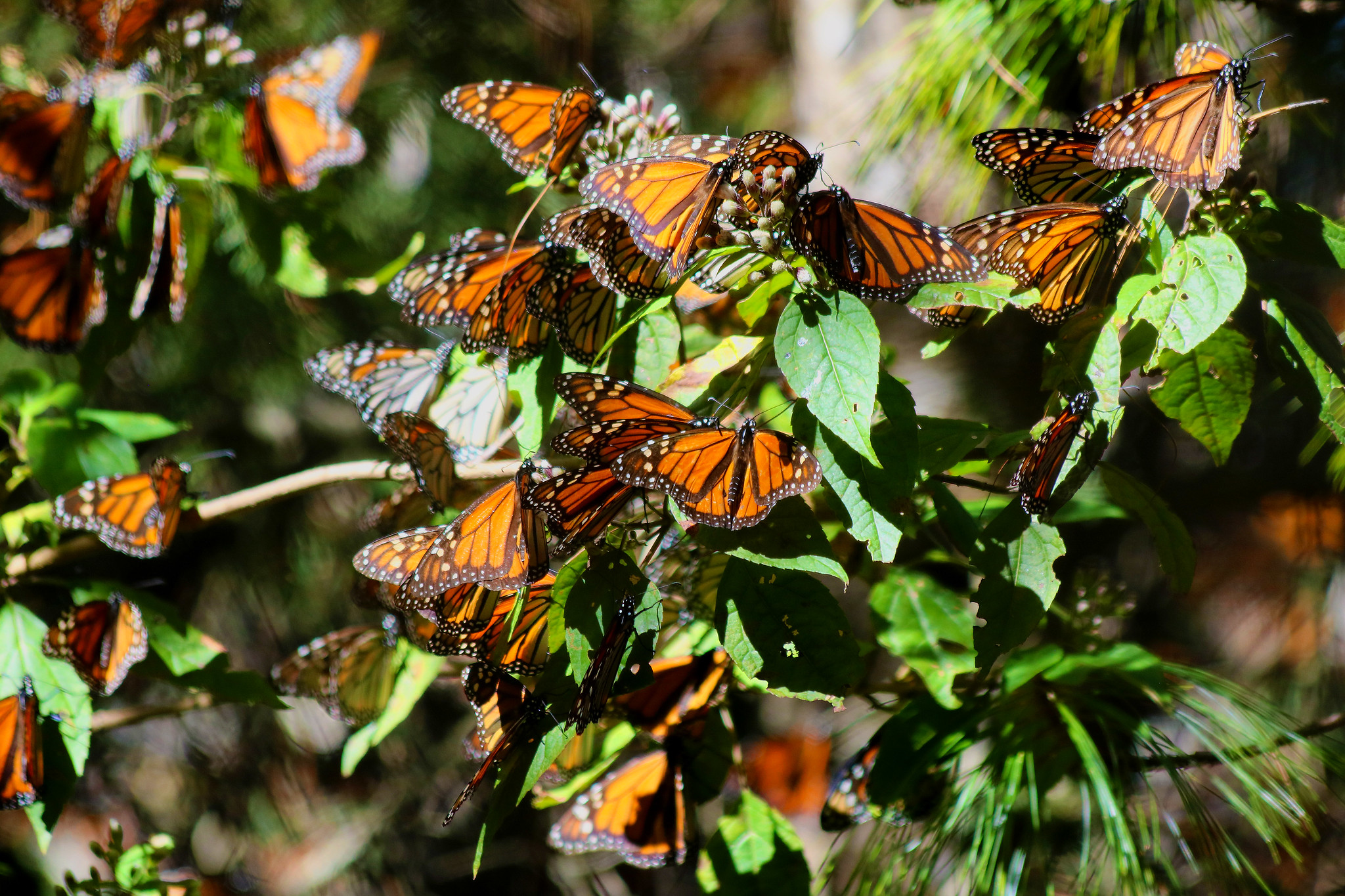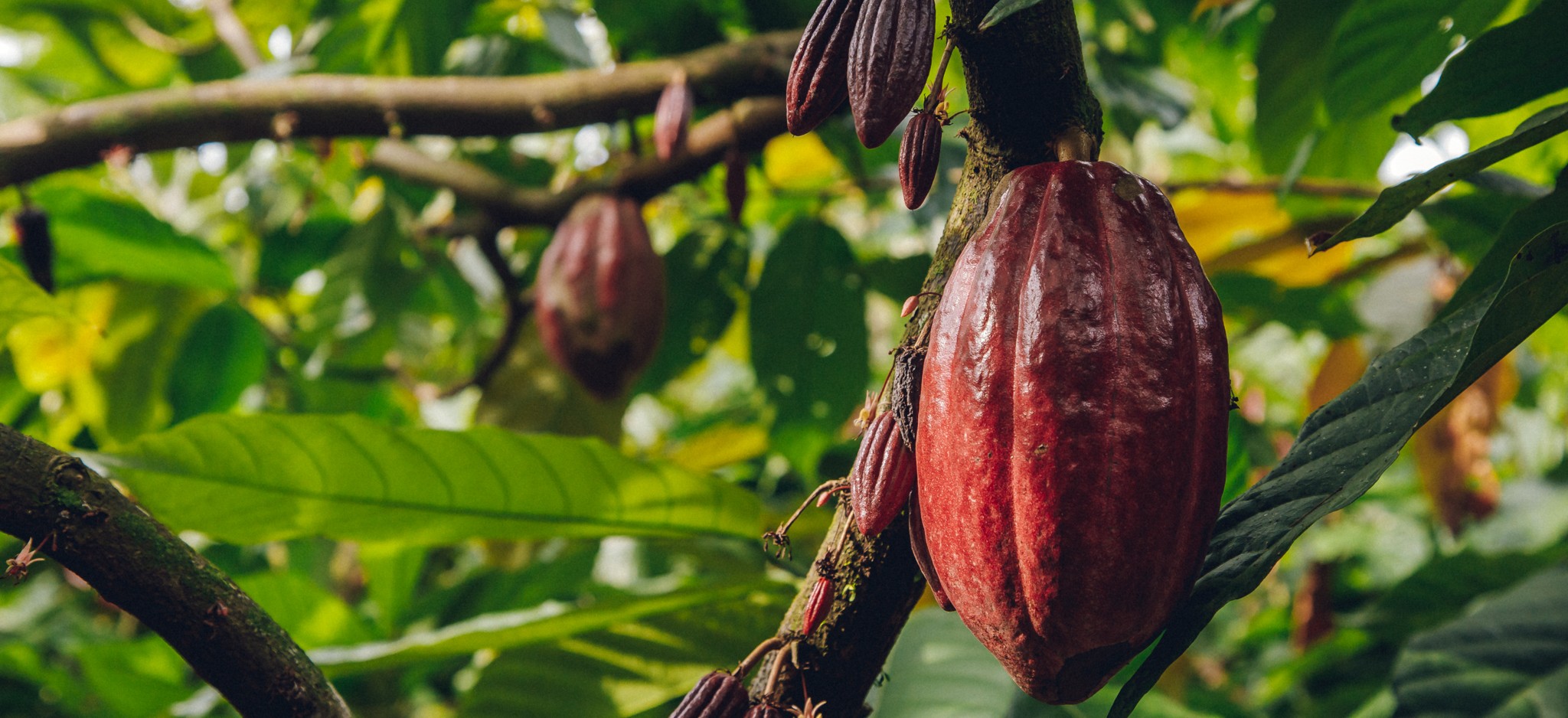Announcing the 2017 Small Grants Fund Recipients

By Patrick Nease and Jessica Webb Global Forest Watch (GFW) is thrilled to announce this year’s recipients of the Small Grants Fund! Nine new projects join 36 previous recipients from around the world in integrating GFW tools and data into their work to improve forest outcomes. The focus of this year’s Small Grants Fund—now in its fourth year—is on addressing the critical need for timely data to inform rapid responses. Unauthorized burning, illegal logging and unlawful agricultural conversion are formidable challenges, but GFW’s near real-time alert systems can increase the timeliness and effectiveness of responses to these threats. Daily VIIRS fire alerts and weekly GLAD deforestation alerts, along with other land use and forest change data on GFW, are crucial components of each of the 2017 projects.

Bringing Cutting-Edge Technology to Remote Areas
Illicit activities in remote forested areas are difficult to detect through traditional means, such as foot patrols or informal tips. Satellite data can help identify threats more rapidly and accurately, and new technology can put this information into the hands of forest guardians. Amazónicos por la Amazonía (AMPA) will train members of a network of 35 conservation areas in Peru’s San Martín region on real-time surveillance and response. They will use GPS, cameras and drones to investigate areas detected by GFW’s deforestation alerts and work with local and national authorities to respond to them. Rainforest Foundation US will also bring drone technology and GFW’s soon-to-be-launched mobile app, Forest Watcher, to Peru’s Sierra Divisor National Park. They will support community forest monitors and Peru’s National Protected Area Service to use deforestation and fire alerts to find and ultimately stop the leading causes for deforestation in the region: illegal coca fields, roads and logging.
Implementing Communications Strategies to Protect Indigenous People’s Rights in the Amazon
Indigenous communities legally own approximately 11 percent of the world’s forest lands. In the Amazon, deforestation rates are two to three times lower in areas where indigenous people have land rights. It is imperative to recognize the role these people play in protecting forests. The Brazilian Team for the Conservation of the Amazon will gather evidence about the impacts of deforestation on seven indigenous populations using GFW data and personal testimonials and empower community members with communications tools to disseminate this information to key actors. Repórter Brasil will also employ communications strategies for protecting the rights of indigenous populations in the Amazon. Investigative reports will raise awareness about how traditional communities are taking forest protection into their own hands, and the importance of their involvement for the long-term sustainable management of the region’s forests. GFW data will be critical for identifying the drivers of deforestation and understanding the impact of forest loss in both projects.
Increasing Community Participation in Forest Monitoring
While local populations want to be more involved in efforts to combat unwanted deforestation, they often lack the tools necessary to do so. For example, women are especially vulnerable to the impacts of forest fires in Indonesia, but are traditionally underrepresented in land management processes. Women Research Institute will engage with women’s groups in Riau, one of the most fire-prone provinces in Indonesia, to develop a community-based early warning system for mitigating haze resulting from slash-and-burn clearing. Fondation Camerounaise de la Terre Vivante will train local communities near the Dja Biosphere Reserve in southern Cameroon to use Forest Watcher and GLAD deforestation alerts to quickly intervene when illegal activities occur. Sociedad Peruana de Derecho Ambiental will work with a network of private protected areas to create a community deforestation monitoring system. By lending tools and support to the people who directly interact with these forests each day, forest monitoring and response becomes faster, more participatory and, as a result, much more effective.
Increasing Private Sector Accountability for “No-Deforestation” and “No-Fire” Commitments
The usefulness of near real-time forest change alerts is not limited to on-the-ground forest monitoring. GFW data can help investors, commodity buyers and certification bodies monitor forests from afar and make more informed decisions. HCV Resource Network identifies, manages and monitors High Conservation Value (HCV) and High Carbon Stock (HCS) forest areas, which are important components of the “no-deforestation” commitments made by many global companies. The network will use GFW to map HCV/HCS areas and incorporate near real-time alerts into their assessment protocols in order to more quickly identify and respond to threats. TuK Indonesia will integrate VIIRS daily fire alerts into an existing database that links financiers to companies operating in the forest-risk sector, to make it easy to identify which financiers have invested in companies responsible for the lands in which illegal fires are occurring. This will be a powerful tool in encouraging banks to adopt “no-fire” policies. For more information about the Small Grants Fund, including future calls for proposals and descriptions of past projects, please visit our webpage.


